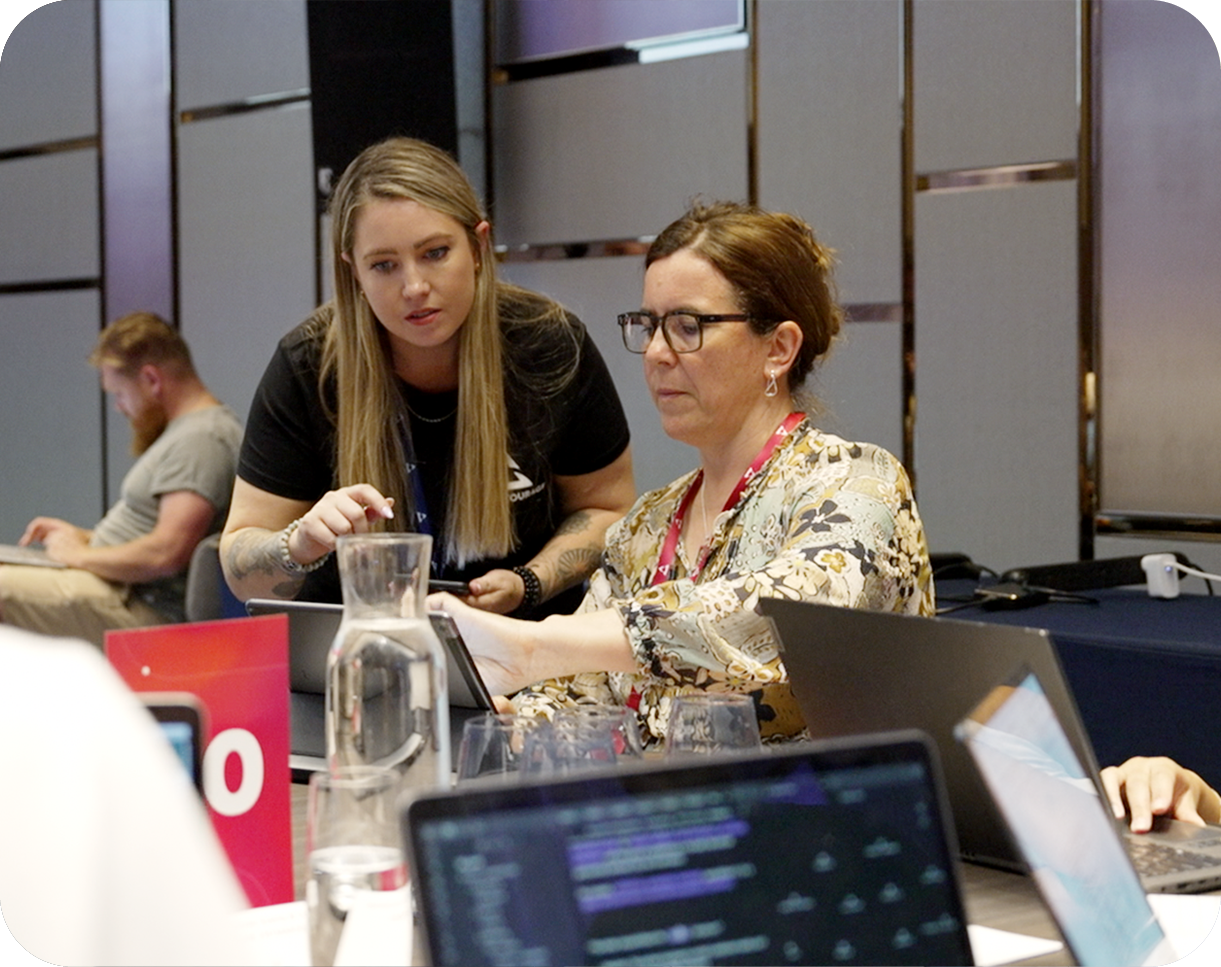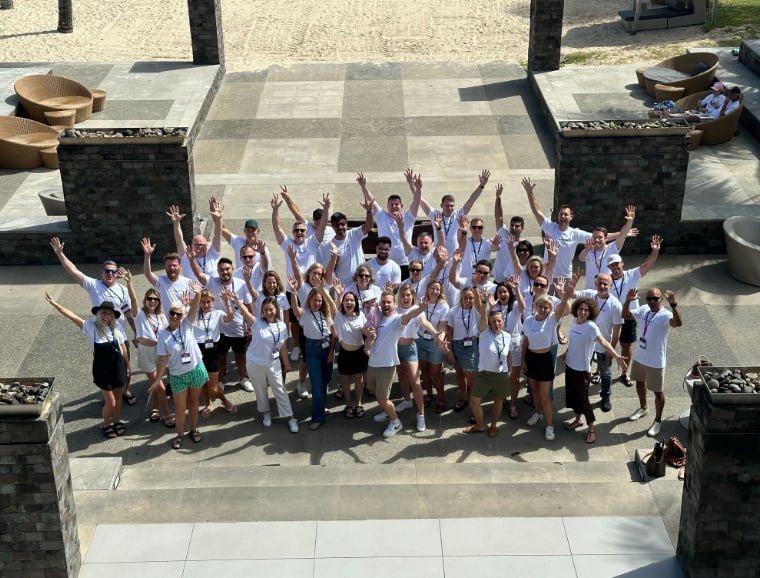Game developers have long worked in environments where user expectations shift rapidly and competition is relentless. Surprisingly, the methods that keep players coming back to their favourite games are the same techniques high-growth businesses now use to scale smarter. Iterative design, behaviour-based updates, and user retention loops aren’t just the domain of gaming studios — they’re increasingly foundational to modern business strategies.
Gaming, particularly in its digital format, is fundamentally about engaging users in an evolving experience. Unlike traditional product releases, games launch with the full expectation that things will change. Bugs will surface, features will be demanded, and player feedback will drive refinement. For businesses looking to develop flexible, customer-centric products, that same mindset offers a playbook for long-term relevance.
Why Games Are Built to Adapt
Games rarely launch in a finished state. Developers use soft launches, A/B testing, early-access communities, and real-time metrics to shape future updates. In the business world, especially in product-led companies, similar mechanisms are being applied through agile frameworks and continuous feedback loops. This overlap is more than coincidental; it’s indicative of a cultural shift from one-off product perfection to constant iteration based on real data.
Whether you’re shipping software, selling a service, or scaling a content brand, it’s no longer just about getting to market. It’s about staying there by adapting intelligently. Game studios have refined this through experience; businesses can adopt it through intent.
The Business Value of Game-Like Thinking
At the core of game design is a focus on how users feel during every interaction. That means more than just usability. It includes friction points, reward systems, motivation cycles, and habit formation. Translating these mechanics into a business context reveals clear parallels.
|
Game Mechanic |
Business Equivalent |
|
Level progression |
Tiered customer journeys |
|
Daily login bonus |
Loyalty rewards/incentives |
|
Unlockable achievements |
Feature unlocks based on engagement |
|
In-game feedback tools |
In-app surveys/user reviews |
|
Beta testing periods |
Product MVP launches/soft rollouts |
Companies using product telemetry, user engagement tracking, and continuous rollouts are already working this way, often unknowingly applying lessons that game designers mastered years ago.
Learning from Sequels: What V2.0 Means for Growth
Sequels in gaming are more than just visual upgrades. They represent an opportunity to address design flaws, respond to user sentiment, and deepen engagement through meaningful improvement. Businesses launching new versions of a product or service face the same challenge: evolve meaningfully, not just cosmetically.
A strong example can be seen in the sequel Chicken Road 2.0 gambling game that took lessons from its predecessor and refined them based on player behaviour. Not only did the game redesign progression systems and interface flow, but it also adjusted risk-reward ratios to align better with casual users’ expectations.
In the wider casino space, these iterations are often guided by data from user sessions, completion rates, and even drop-off points. For players and businesses alike, unbiased reviews and performance metrics from dedicated portals provide transparency, a vital resource in a competitive landscape.
By treating feedback not as criticism but as a design asset, game studios increase engagement while reducing churn. Companies can do the same, refining their offering through user insight rather than internal assumption.
The Feedback Loop Advantage
Feedback cycles in gaming are often immediate. Players post reactions on forums, stream gameplay with commentary, or send direct bug reports. Businesses that build similar mechanisms into their operations gain a huge advantage, not just in fixing issues, but in discovering what their users truly value.
Here’s how to replicate a game development feedback loop in your business:
Checklist for Business Feedback Loops Inspired by Game Development
- Create visible channels for real-time feedback (chat, forums, in-app polls)
- Use analytics to identify where users disengage
- Launch updates in small, testable chunks rather than full overhauls
- Celebrate user-suggested features to reinforce contribution
- Track behaviour changes post-update to assess the actual impact.
The key lies in removing the fear of negative feedback. In games, every critique is an opportunity to improve the experience. Businesses embracing the same philosophy become more resilient and agile.
Engagement Psychology That Builds Loyalty
Games use subtle psychological design to reward user action, encourage repetition, and foster identity within the experience. This isn’t manipulation — it’s effective design that values the user's time and motivation. Businesses can ethically apply similar principles.
When onboarding a customer, small successes should be designed in a completed form, as an immediate reward, and a welcome message. As users engage deeper, they should feel their progress is being acknowledged, whether through status tiers, exclusive access, or simply smoother functionality. Gamification is not a gimmick when it's rooted in a meaningful experience.
One example: a B2B SaaS company introducing milestones in its onboarding reduced early churn by over 20 per cent. Why? Because users were given a sense of completion and progress, the same elements that make casual games exciting and satisfying.
A Culture of Continuous Play
Ultimately, the most successful game studios and the most adaptive companies share one thing in common — they don’t assume the first version will be the final version. Iteration is baked into the culture. The goal is not to get it perfect, but to get it live, learn fast, and get it better.
For founders, product teams, and creative leaders, adopting this mindset means shifting how you measure success. Initial uptake matters, but so does engagement longevity. Version 1 is your test run. Version 2 — your Chicken Road 2.0 moment — is your chance to prove you listened.
Build with feedback. Launch with purpose. And like the best games, it gives people a reason to return again and again.
Related Categories
Ryan Terrey
As Director of Marketing at The Entourage, Ryan Terrey is primarily focused on driving growth for companies through lead generation strategies. With a strong background in SEO/SEM, PPC and CRO from working in Sympli and InfoTrack, Ryan not only helps The Entourage brand grow and reach our target audience through campaigns that are creative, insightful and analytically driven, but also that of our 6, 7 and 8 figure members' audiences too.





